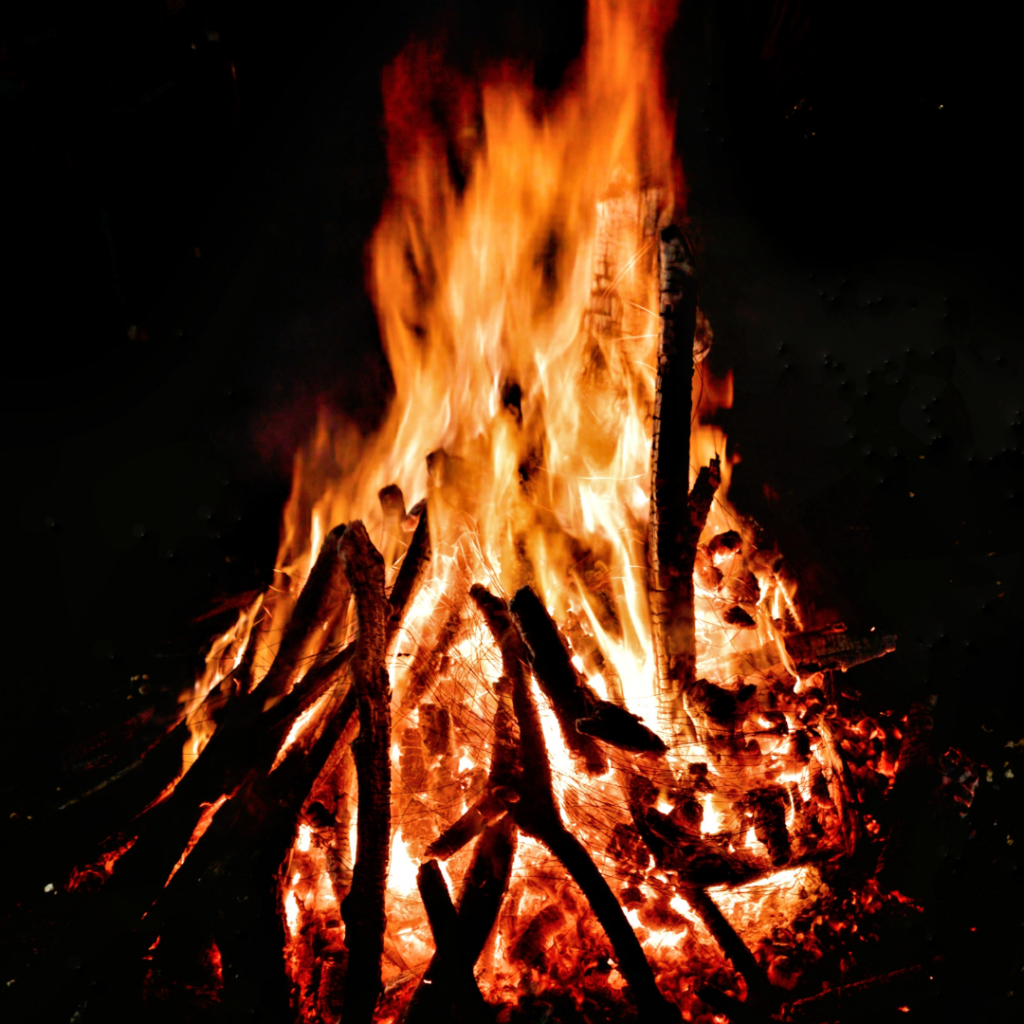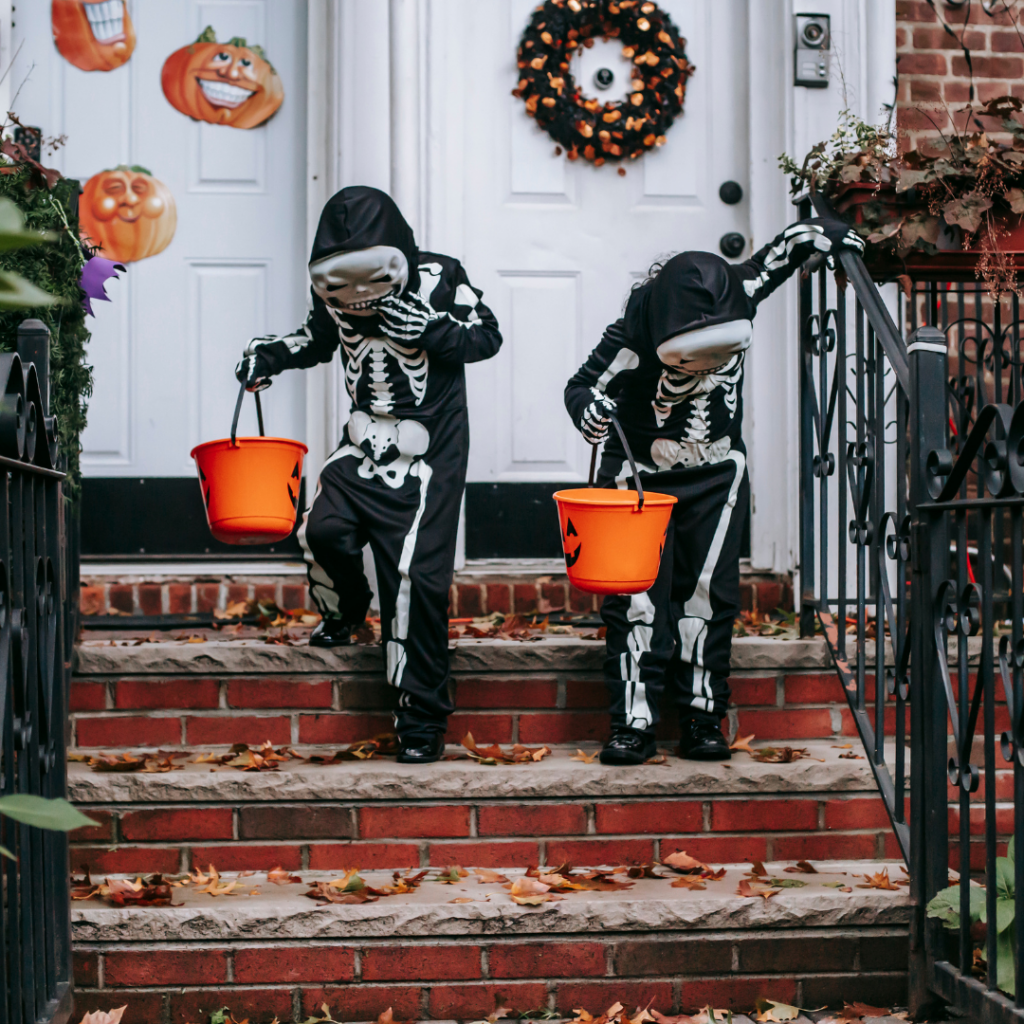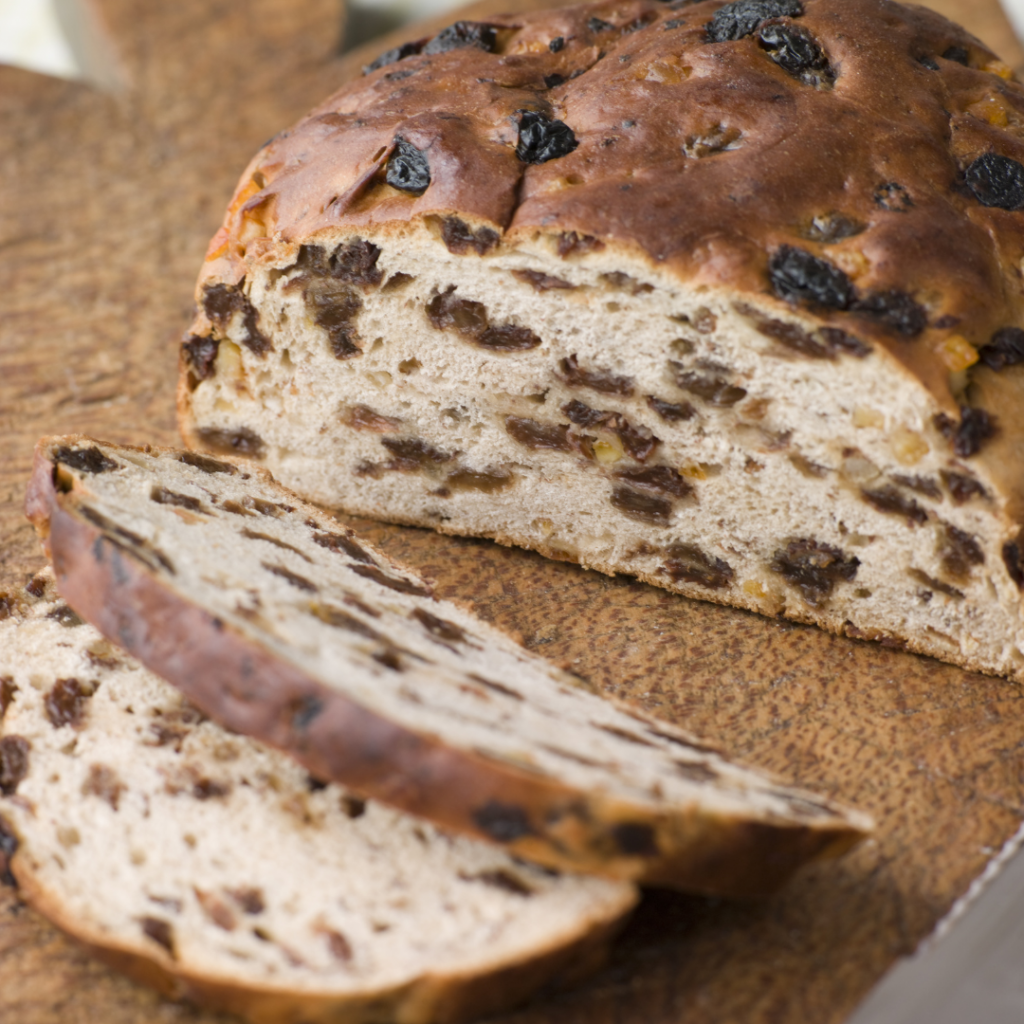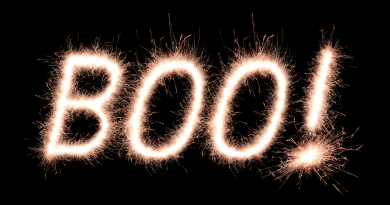The Origins of Halloween Traditions
Originally originating from the ancient Celtic tradition of Samhain in Ireland, a celebration of the end of Summer and the harvest season. The ancient festival has with time grown in popularity and evolved into the holiday we now know worldwide as Halloween.
But how and why has this holiday become so popular? Let’s take a look at how this holiday has evolved and the history behind the traditions associated with it.
Evidence from archaeology, legends, myths, and Celtic History all come together to tell us the spell-binding story and origins of Samhain, the tradition that has lived on, evolved, and traveled across continents becoming the annual celebration most of us now know as Halloween.
The story begins in Ireland’s Ancient East in the county of Meath where historical evidence tells us of Samhain gatherings on October 31st to celebrate the end of the harvest. People would gather on Hills (or Tlachtga) where they would light a fire from which all fires were lit.

These ancient hills were used for gatherings, feasts, and celebrations over 2,000 years ago. The Ancient Irish believed in the afterlife and the Otherworld and that on this night their world was more susceptible to visits from the dead, they believed that wearing masks protected you from the spirits of the otherworld and the mischief of the fairies who might play “tricks” on you on Samhain night (this may be the origins of the tradition we know as trick or treating).

Traditions such as carving and lighting a pumpkin also stem from ancient Irish Samhain traditions, when the Irish would carve terrifying faces in turnips and leave them outside their homes to ward off evil spirits.
They would also leave offerings of food on their tables to welcome the souls of loved ones who might visit.
Over the centuries Ireland introduced new traditions to the holiday, such as the Barmbrack, a specially baked cake with sultans and raisins, where traditionally a ring, a rag, and a coin were baked inside. Whoever received the ring, would be next to get married or find happiness, the rag signified misfortune such as poverty, and the coin would indicate a prosperous year. A traditional dinner of Calcannon would be eaten (mashed potato with Cabbage or Kale mixed through) on this night also. Many Irish families households still serve up these traditional dishes on Halloween.

In the eighth century, Pope Gregory III declared November 1st as a day to honour the saints, and the night before was known as All Hallows Eve (Alholowmesse meaning All Saints’ Day from the Middle English translation). Although over time the Celts’ Pagan beliefs would soon be replaced by Christianity, many of the Celtic traditions of Samhain remained such as the lighting of big bonfires, wearing costumes, and celebrations. Allowing the ancient tradition and customs of Samhain to live on.
Have we missed something? Leave a comment below, we would love to hear from you! 🎃




